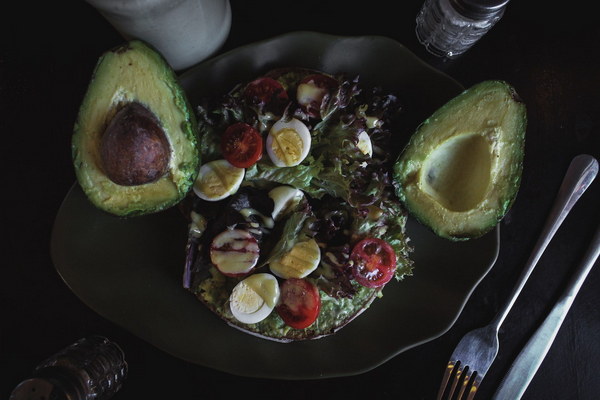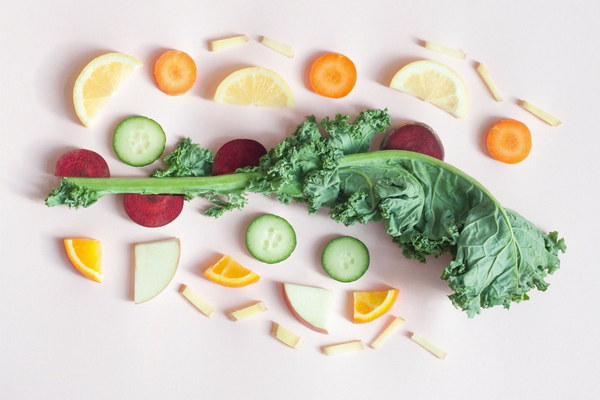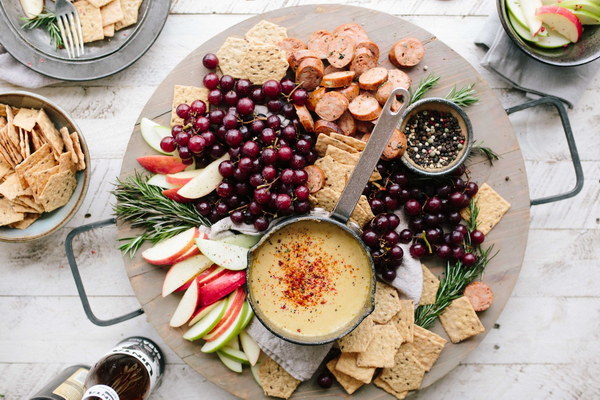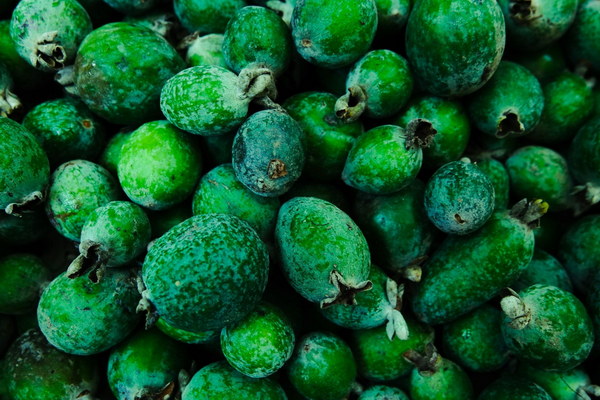Nutritional Guide to Managing Hernia with Diet
Introduction:
Hernias occur when an organ pushes through a weakened area of the abdominal wall, causing discomfort and pain. While medical treatment is often necessary, dietary adjustments can also play a significant role in managing symptoms and supporting overall health. This article provides a comprehensive guide to using food as a therapeutic tool for managing hernias.
1. Introduction to Hernia and Diet:
A hernia can be caused by a variety of factors, including strain, obesity, and chronic coughing. While surgery may be required to repair the weakened area, dietary changes can help alleviate symptoms and reduce the risk of complications. It's important to note that while diet can aid in managing hernia symptoms, it should not replace medical advice or treatment.
2. High-Fiber Diet:
A high-fiber diet is crucial for preventing constipation, which can exacerbate hernia symptoms. Foods rich in fiber include:
- Whole grains: Oats, brown rice, quinoa, and whole wheat bread.
- Fruits: Berries, apples, pears, and peaches with their skins.
- Vegetables: Broccoli, spinach, carrots, and Brussels sprouts.
- Legumes: Lentils, chickpeas, black beans, and kidney beans.
3. Low-Fat Diet:
Reducing the intake of high-fat foods can help reduce abdominal pressure and alleviate hernia symptoms. Opt for lean proteins and healthy fats, such as:
- Lean meats: Chicken, turkey, and lean cuts of beef or pork.
- Fish: Salmon, mackerel, and sardines.
- Nuts and seeds: Almonds, walnuts, chia seeds, and flaxseeds.
- Healthy oils: Olive oil, canola oil, and avocado oil.
4. Adequate Hydration:
Drinking plenty of water is essential for maintaining regular bowel movements and preventing constipation. Aim for at least 8-10 glasses of water per day, and increase this amount if you are active or in hot weather.
5. Low-Residue Diet:
If you experience severe discomfort or complications, a low-residue diet may be recommended. This diet involves minimizing fiber and high-fiber foods to reduce bowel movements and abdominal pressure. Examples of low-residue foods include:
- White bread and rice.
- White pasta and noodles.
- Bananas, applesauce, and mashed potatoes.
- Creamy soups and broths.
6. Avoiding Certain Foods:
Certain foods can increase abdominal pressure and exacerbate hernia symptoms. It's best to avoid or limit the following:

- Carbonated beverages: These can cause bloating and increase abdominal pressure.
- Fatty and fried foods: These can lead to weight gain and increased abdominal pressure.
- Spicy foods: They can irritate the digestive tract and cause discomfort.
- Alcohol and caffeine: These can contribute to dehydration and constipation.
7. Regular Meals and Portion Control:
Eating regular meals and maintaining portion control can help manage hernia symptoms. Avoid eating large meals that can cause bloating and discomfort. Instead, opt for smaller, more frequent meals throughout the day.
Conclusion:
While diet alone cannot cure a hernia, it can play a significant role in managing symptoms and supporting overall health. By incorporating a high-fiber, low-fat diet, staying hydrated, and avoiding certain foods, individuals with hernias can improve their quality of life. It's important to consult with a healthcare professional before making significant dietary changes and to tailor the diet to individual needs and preferences.









